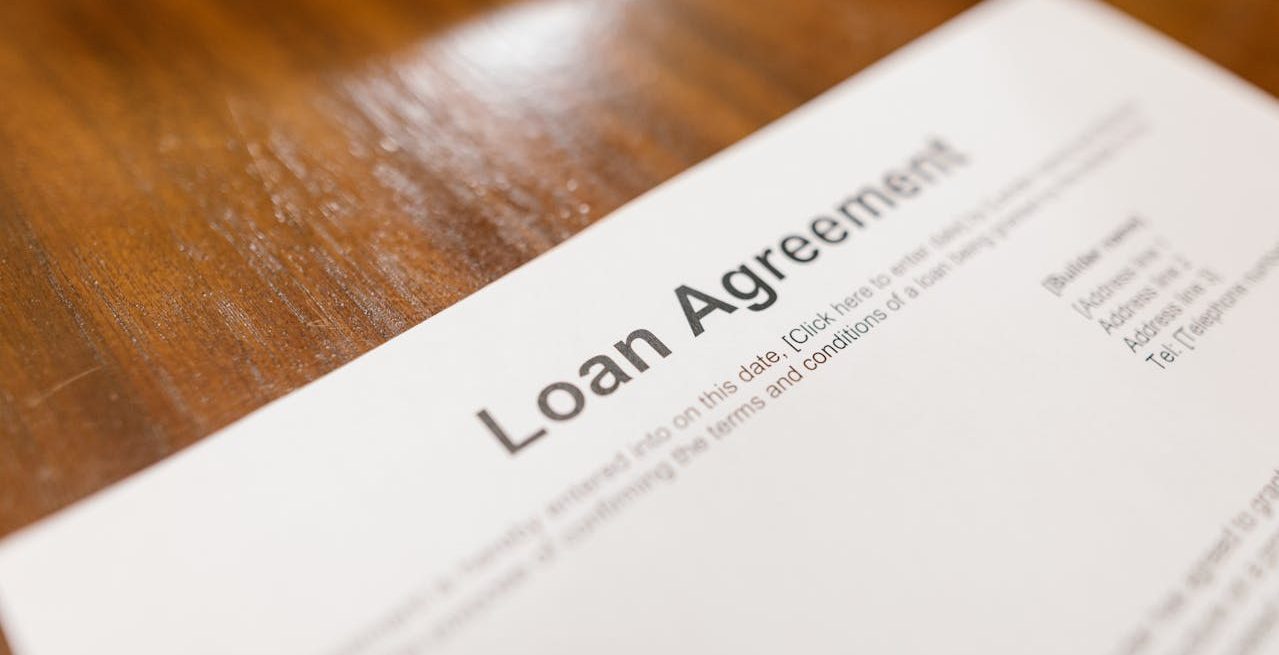What Restaurateurs Need To Know About SBA Loans
3 Min Read By Craig Calafati
Restaurant owners launch with a lot of optimism but rarely with enough capital. And the reason is almost always the same: business plan projections were based on what they want to have happen vs what will realistically happen.
Too many restaurateurs are convinced their establishments will be filled from day one.
They won’t.
Too many restaurateurs are convinced their establishments will be filled from day one. They won’t. Even when there’s excitement surrounding the opening, sustaining momentum and building a customer following takes time. Meanwhile, for serious owners, they must find a way to overcome a shortfall of cash. Very often, SBA loans are a good way to proceed because they are designed to empower entrepreneurs through the lending process.
Here are three ways that SBA loans are different from bank loans and how this type of lending can make a difference in your launch and growth.
SBA-Approved Lenders vs Conventional Commercial Banks
First, it’s important to note that the SBA doesn’t lend money themselves. Rather, they are a guarantor to financial institutions who have been named SBA-approved lenders. This makes it easier for new and expanding restaurateurs to get funding, especially if there is any perceived increased risk associated with the business.
For example, if you are a first-time restaurateur, most banks have policies that prohibit lending to new or “start-up” businesses and the restaurant business is particularly difficult, so when a lender has a government backed guaranty on the loan, it can make them more comfortable with the increased risk that a new venture creates. There are many other risk factors that may lead a lender to decline a loan. A shortfall in collateral, the need for a longer repayment term or limited cash available for a down payment are just a few. All of these might be overcome when the lender is provided an SBA guaranty of up to 75 percent of the loan amount.
SBA Loans vs Investor Capital
When you secure funding from an SBA-approved lender, aspiring restaurant owners don’t have to give up any part of their company. Not so when you are working with a Venture Capital or Angel Investor group. We have all watched this formula play out on the popular TV show, Shark Tank when entrepreneurs pitch their business concepts seeking capital for a percentage of their business. This is not a factor when getting a loan from an SBA-approved financial institution. It’s the old “Equity vs. Debt” question. Would you rather give up an ownership percentage (equity) and a certain amount of control or take on the responsibility for repaying the money you need to get started (debt)?
SBA Loans Require Paperwork; Not Collateral
The good news when applying for an SBA loan are the terms. You will never have a balloon payment as they will always be fully amortized. No business can be turned down solely for lack of collateral and down payments may be significantly lower – often only 10 vs 20 or 30 percent required by conventional lenders. However, the amount of paperwork is still virtually the same. No one is going to loan you money to open or expand your restaurant unless you have a well-written and researched business plan, documentation mapping out projections for the expected and unexpected, references, competitor info, etc. You will also need to show tax returns but don’t be discouraged if you have fallen behind on payments. If you are current and up-to-date on your IRS pay-back plan, you will not be disqualified for that reason.
Having a shortfall of capital is the main reason restaurants go out of business or fail to expand. This is because during slow times, owners need to continue paying for operating costs – like equipment and building leases, mortgage payments, staff payroll, and more. Through an SBA 7A lender, you can also seek a line of credit which will give you access to capital immediately when you need it rather than struggling each week. Needing more money is an ongoing part of business to open, expand, and forge ahead to achieve your goals. Be proactive because money is available


